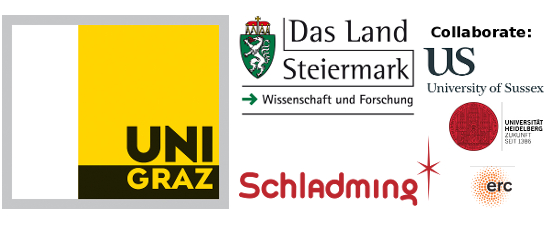Speaker
Prof.
Axel Maas
(University of Graz)
Description
Experimentally observable particles require a gauge-invariant description. In non-Abelian gauge theories this implies that only composite operators, and thus bound states, can be physical.
Though bound states are genuine non-perturbative objects, the Froehlich-Morcchio-Strocchi mechanism nonetheless provides a possibility to determine the masses of Higgs, W, and Z using perturbation theory.
After describing this mechanism, and its ramifications for the standard model, the situation for new physics models will be discussed. The implications for the 2-Higgs doublet models, grand-unified theories, and technicolor will be presented. Special attention will be paid to the question where a breakdown of this mechanism could occur.
